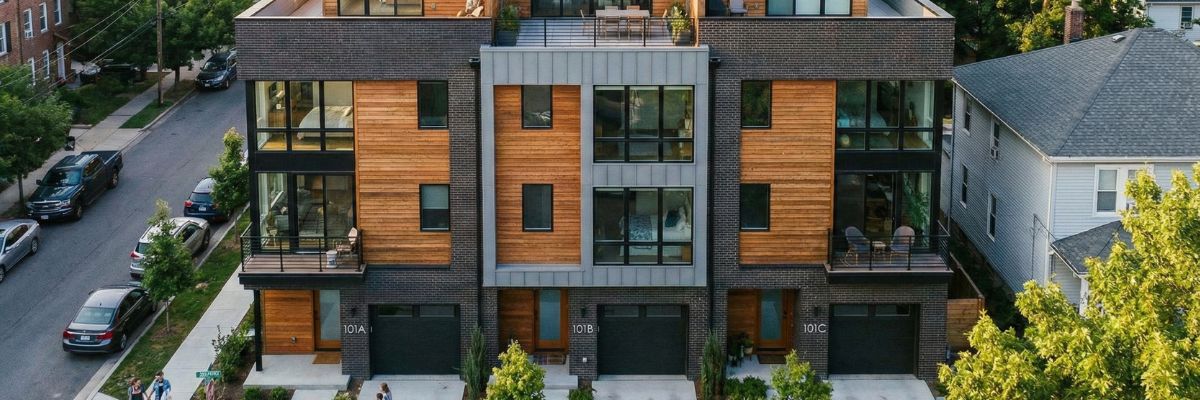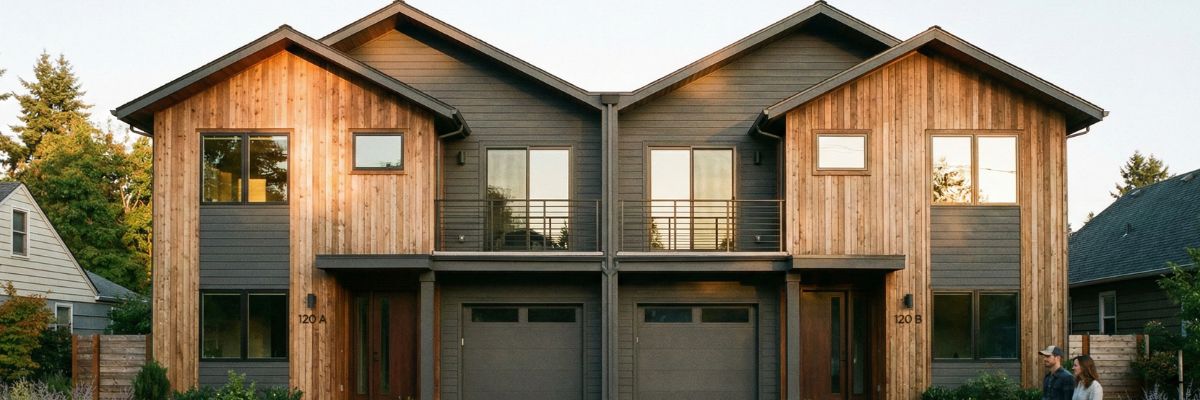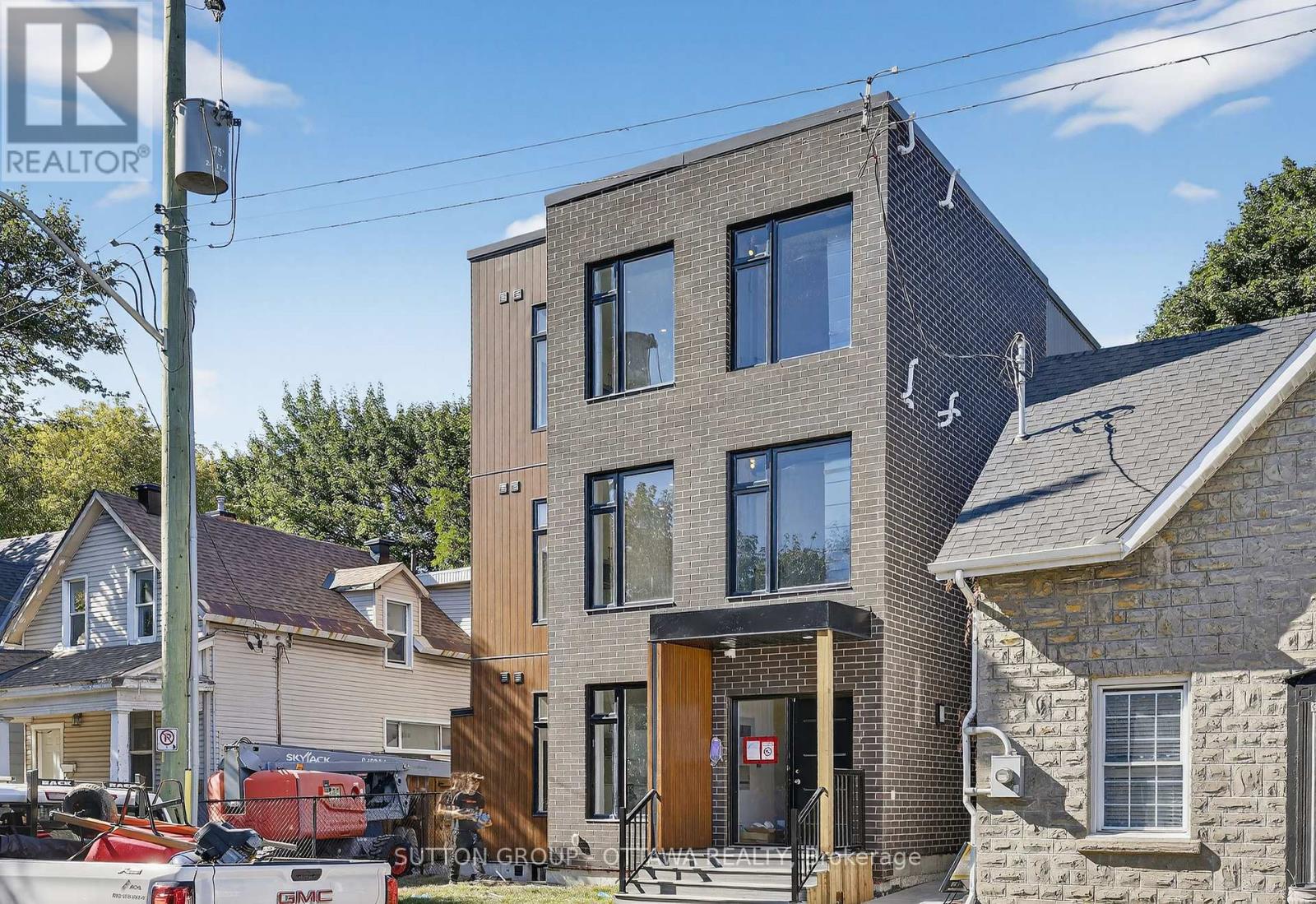Building a Custom Home vs Buying Existing
Building a custom home trades higher upfront cost, more complexity, and a longer timeline for full design control, modern specs, and potentially better long‑term efficiency, while buying (new or resale) is usually cheaper and faster but involves more compromises and possible renovation risk. The right choice comes down to how much you value customization and long‑term performance versus speed, simplicity, and lower entry price.
.jpg)
Key Differences at a Glance
At a high level, the choice represents a trade-off between effort and product.
When you choose to build custom, you are signing up for a project. You are the driving force behind the creation of a prototype-a home designed specifically for your lot and your life. You control the layout, the structure, and the finishes. This results in a home that fits you like a tailored suit, often achieving superior energy performance and lower maintenance requirements in the first decade of ownership. However, this comes at the cost of a heavy administrative burden: you must manage land acquisition, design teams, and a builder, all while navigating a 8–12 month timeline.
When you buy existing, you are purchasing a finished product. You get into a home much faster-typically 30 to 90 days-and you bypass the thousands of decisions required in new construction. You can walk through the rooms, see the view from the kitchen window, and understand exactly what you are paying for. The trade-off is that you inherit the previous owner’s choices and the home’s aging systems. You may face dated layouts, inefficient insulation, or the need for immediate renovations, which can erode the initial savings of the lower purchase price.
The Case for Building Custom
Building a custom home is the ultimate path for those who refuse to settle for "good enough." It offers a level of precision that the resale market simply cannot match.
Unmatched Design Flexibility
The primary allure of custom building is the "blank slate." In the resale market, you are often forced to adapt your lifestyle to an existing floor plan. You might have to use a dining room as a home office or accept a garage that is too small for your truck.
In a custom build, the home is designed around your specific program.
- Lifestyle Specificity: Do you need a multigenerational suite with a private entrance for aging parents? A soundproofed music studio? A workshop with 220V power and reinforced floors? Custom building makes these specialized spaces possible without expensive retrofitting.
- Site Optimization: A custom architect can design the home to embrace the specific features of your lot, such as angling the living room to capture a mountain view or positioning windows to maximize passive solar heating in the winter.
Modern Efficiency and Performance
One of the most significant, yet often overlooked, advantages of building new is building science. Codes and standards have evolved rapidly. A home built in 2025 will be vastly superior to a home built in 2005 (or 1950) regarding energy efficiency and comfort.
- The Envelope: New builds allow you to use advanced framing techniques, spray foam or continuous exterior insulation, and high-performance windows. This creates a tight "envelope" that drastically reduces heating and cooling bills.
- Systems: You start with brand-new mechanicals-HVAC, plumbing, and electrical-meaning you are unlikely to face major repair bills for the first 10–15 years.
- Health: Modern ventilation systems (like ERVs/HRVs) provide filtered fresh air, creating a healthier indoor environment compared to older, drafty homes that may harbor mold or allergens.
The Case for Buying Existing
For the majority of the market, buying an existing home remains the most practical choice. It offers immediacy and tangible value that a blueprint cannot convey.
Speed and Convenience
The timeline is the biggest differentiator. If you are relocating for a job or need to move before a new school year starts, buying is often the only viable option. Closing on a house usually takes 30 to 60 days. In contrast, a custom home can take that long just to get the initial architectural sketches done. Buying existing allows you to "plug and play"-you get the keys, move your furniture in, and resume your life with minimal disruption.
Established Value and Context
When you buy resale, you are buying into a known quantity.
- Neighborhood Maturity: Existing homes are often in established neighborhoods with mature trees, completed infrastructure (sidewalks, parks), and a known sense of community. New construction often happens in developing areas where you might live next to a construction site for years.
- Comparable Sales: It is easier to value an existing home because there are direct "comps" (comparable sales) in the neighborhood. This makes financing easier and gives you confidence that you aren't overpaying for the area.
Costs and the Long‑Term Money Picture
The sticker price is rarely the full story. To make a fair comparison, you must look at the "Total Cost of Ownership" over 10 years.
The Financials of Custom Building
Custom homes typically cost more upfront. You are paying retail pricing for materials and labor without the bulk discounts that production builders get.
- Soft Costs: Many first-time builders underestimate "soft costs." These are fees not related to physical construction, including architectural design, structural engineering, soil testing, permitting fees, and utility connection charges. These can easily add 15–20% to your budget before a shovel hits the ground.
- The Contingency: You must carry a contingency fund (usually 10–20%) for unforeseen site conditions or material price escalations.
- Long-Term Savings: Despite the high entry cost, the monthly carrying costs of a custom home can be lower due to reduced utility bills and a lack of repair expenses.
The Financials of Buying Resale
Resale homes generally have a lower price per square foot. However, the "listing price" is just the entry fee.
- The "Renovation Tax": If you buy an older home, you must budget for upgrades. A kitchen remodel can cost $50,000 to $100,000+. Replacing a roof, HVAC system, or updating electrical panels can cost tens of thousands more.
- Functional Obsolescence: Older homes may have layouts that are expensive to fix, such as load-bearing walls separating the kitchen and living room or small master bathrooms. Renovating these spaces to modern standards can sometimes cost more per square foot than building new.
Timeline, Risk, and Process
Managing risk is a crucial part of the decision. Which type of stress are you better equipped to handle?
The Custom Build Journey (8–12+ Months)
Building a custom home is akin to running a small business for a year.
- The Process: You must secure land, hire a team, finalize a design, get permits, and oversee construction.
- The Risks: You face "scope creep" (the temptation to keep upgrading finishes), weather delays, material shortages, and bureaucratic hurdles with local zoning boards.
- The Reward: The stress is front-loaded. Once the home is done, it is exactly what you want, and it works perfectly.
The Buying Experience (1–3 Months)
Buying is a hunt followed by a transaction.
- The Process: You view inventory, make offers, negotiate, and close.
- The Risks: The main risk is the "lemon." Home inspections can miss intermittent leaks, failing sewer lines, or structural issues behind drywall. You also face the risk of market competition-losing your dream home to a higher bidder.
- The Reward: You have immediate housing. However, if you plan to renovate, you are signing up for "living in a construction zone," which carries its own significant stress on daily life.
Fit With Your Priorities: How to Decide
There is no objectively "better" option; there is only the option that aligns with your resources and goals.
Build a Custom Home If:
- You have a specific vision: You want a home that is an artistic expression or have specific functional needs (e.g., ADA accessibility, large shop) that the market cannot provide.
- You prioritize performance: You care about indoor air quality, energy efficiency, and low maintenance, and you want to use advanced building materials.
- You have patience and capital: You have a place to live for the next 18 months and the financial cushion to handle the "soft costs" and potential overages of construction.
- You own the perfect lot: Sometimes, the land dictates the build. If you have a view lot or a family property, a custom home is the only way to do it justice.
Buy an Existing Home If:
- Timing is critical: You need to be settled for a new job or school year within a few months.
- You are budget-conscious: You want a fixed mortgage payment and a lower barrier to entry.
- You value location over layout: You want to be in a specific, walkable, historic neighborhood where vacant land is non-existent.
- You are a DIYer or Investor: You see "dated" as an opportunity. You are comfortable renovating over time and want to build equity by improving a property with your own vision and labor.
In summary, building custom is a long-term play for perfection and performance, while buying resale is a play for immediacy, established value, and convenience. By honestly assessing your tolerance for risk, your timeline, and your budget, you can choose the path that leads you to the right front door.

.svg)





.jpg)
.jpg)



